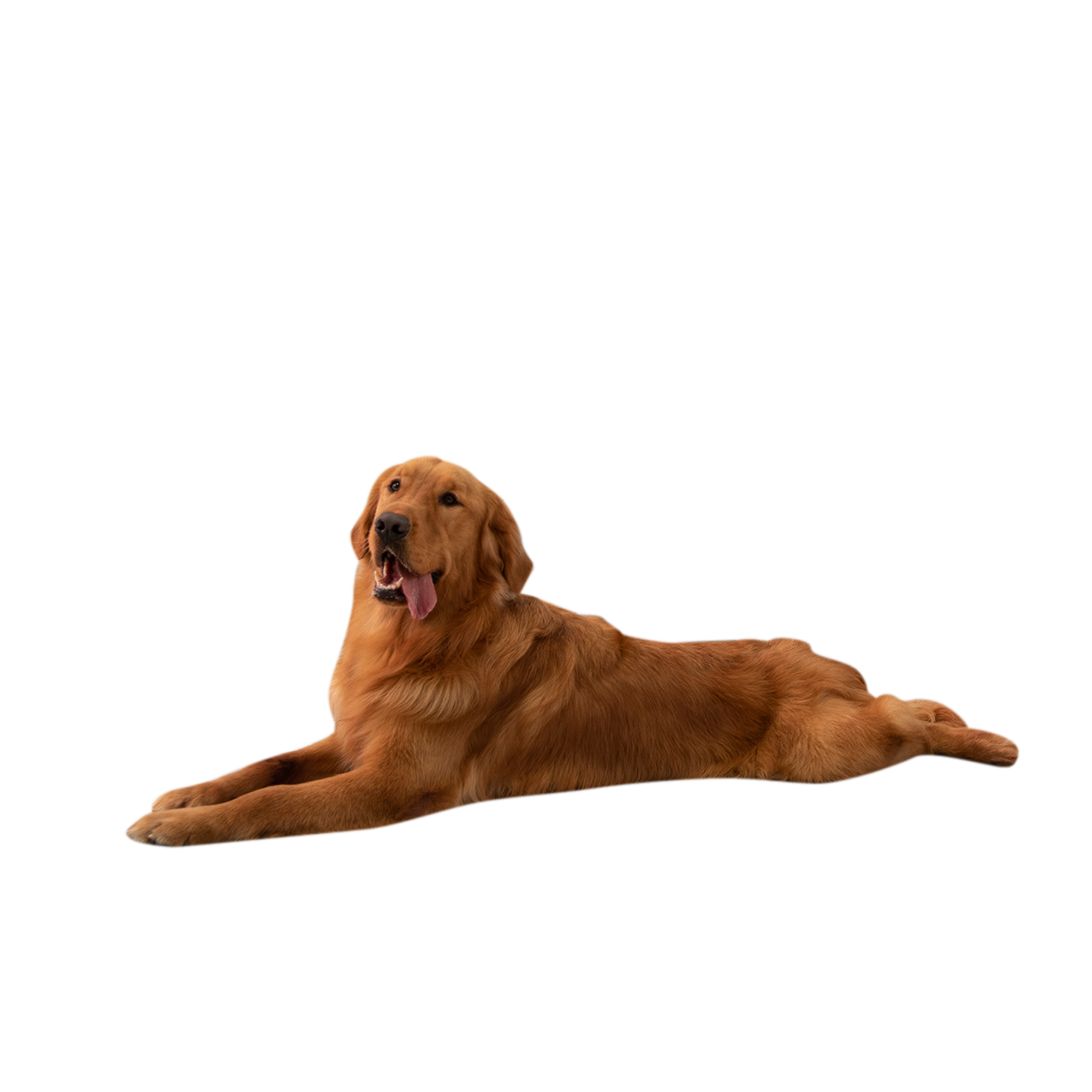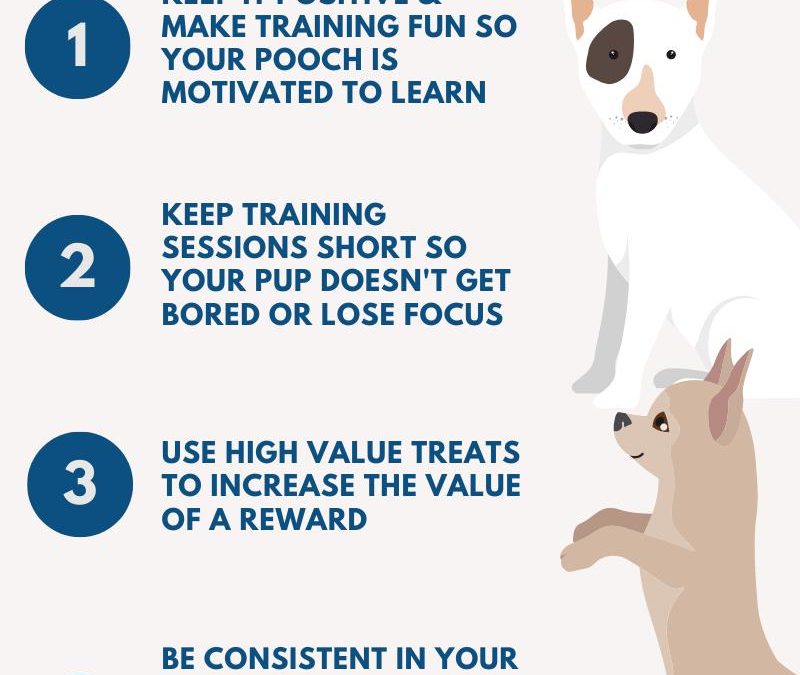The 7 commands to train a dog are: sit, stay, come, heel, leave it, down, and off. Training a dog with these commands is essential for obedience and safety.
Training your furry companion is a rewarding experience that strengthens the bond between you and the dog. Implementing these commands effectively can help in controlling your pet’s behavior and responses in various situations. Consistency, positive reinforcement, and patience are key elements in successful dog training.
By establishing clear communication through these commands, you can ensure a well-behaved and happy canine companion. Let’s delve into the essential steps for training your dog using these 7 foundational commands.
Understanding The Basics Of Dog Training
Training your dog is essential for their development and well-being. Commands like sit, stay, come, and leave are fundamental for effective communication. Consistency and positive reinforcement are key to successful training. Using rewards and praise helps reinforce good behavior. Training sessions should be short and fun to keep your dog engaged. Understanding your dog’s behavior is crucial in tailoring the training approach.
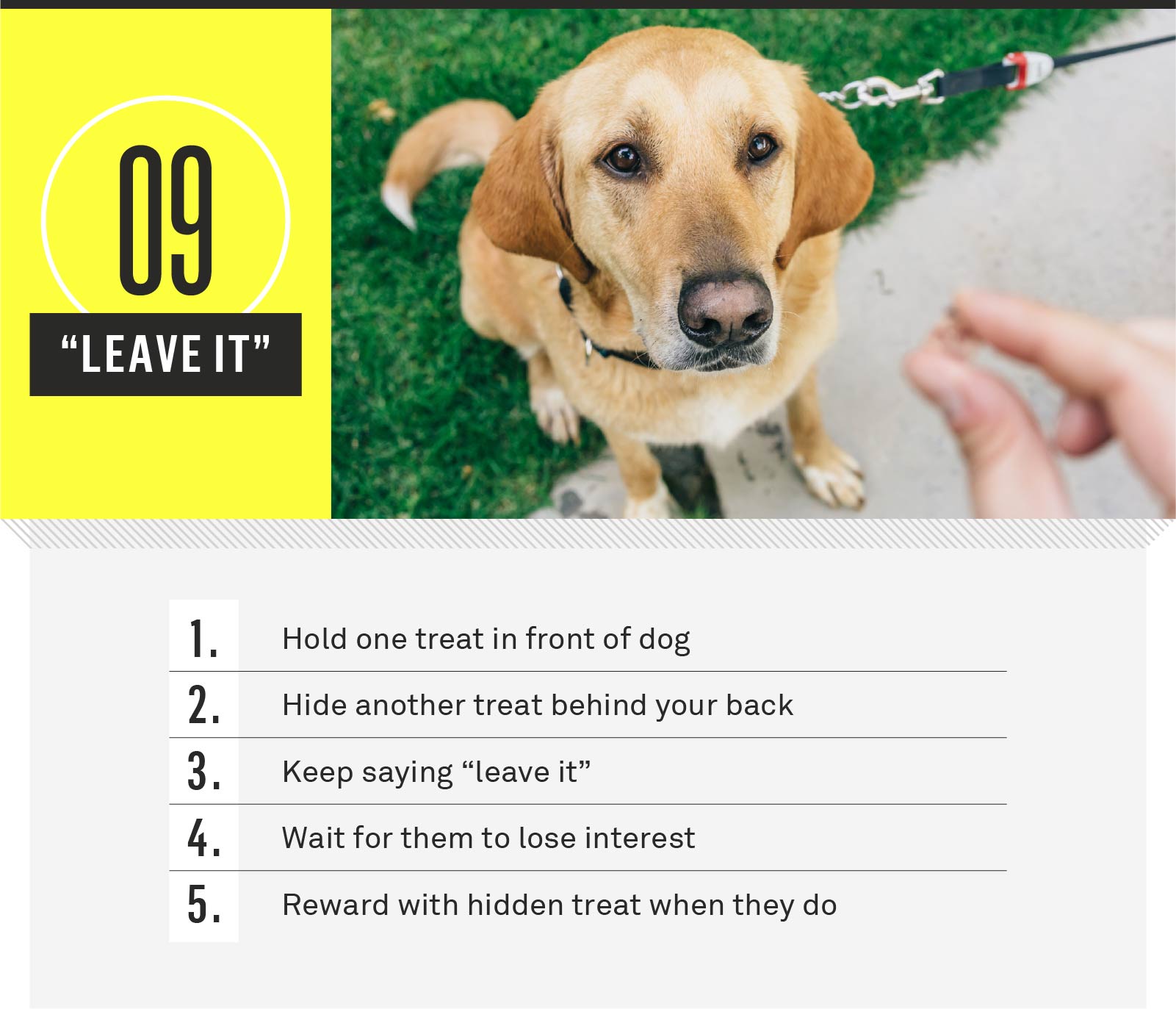
Credit: www.gallant.com
Teaching The Sit Command
To teach your dog the sit command, you need to start by introducing the concept of sitting. Begin by holding a treat close to your dog’s nose and then slowly move your hand upwards. As your hand moves up, your dog’s head will follow, causing their bottom to lower to the ground. Once their bottom hits the floor, say “sit” and give them the treat. Repeat this process several times until your dog starts sitting on command without the need for a treat.
Remember to provide positive reinforcement, such as praise or a gentle pat, every time they successfully complete the command. Consistency and patience are key to successfully training your dog to sit.
Mastering The Stay Command
Training your dog to stay put is an essential command that builds patience and helps establish boundaries. Start by selecting a quiet and distraction-free area for training sessions. Begin with short, frequent training sessions, gradually increasing the duration. Use positive reinforcement, such as treats and praise, to reward your dog for staying in place. Start by giving the stay command and taking a single step back. If your dog stays put, reward them and gradually increase the distance.
Focus on building duration gradually, using the same techniques as before. Once your dog can stay put for a few minutes, introduce distractions to test their reliability. Practice in different environments to generalize the command. Remember to always end the training session on a positive note, reinforcing the stay command as a valuable skill for your dog to master.
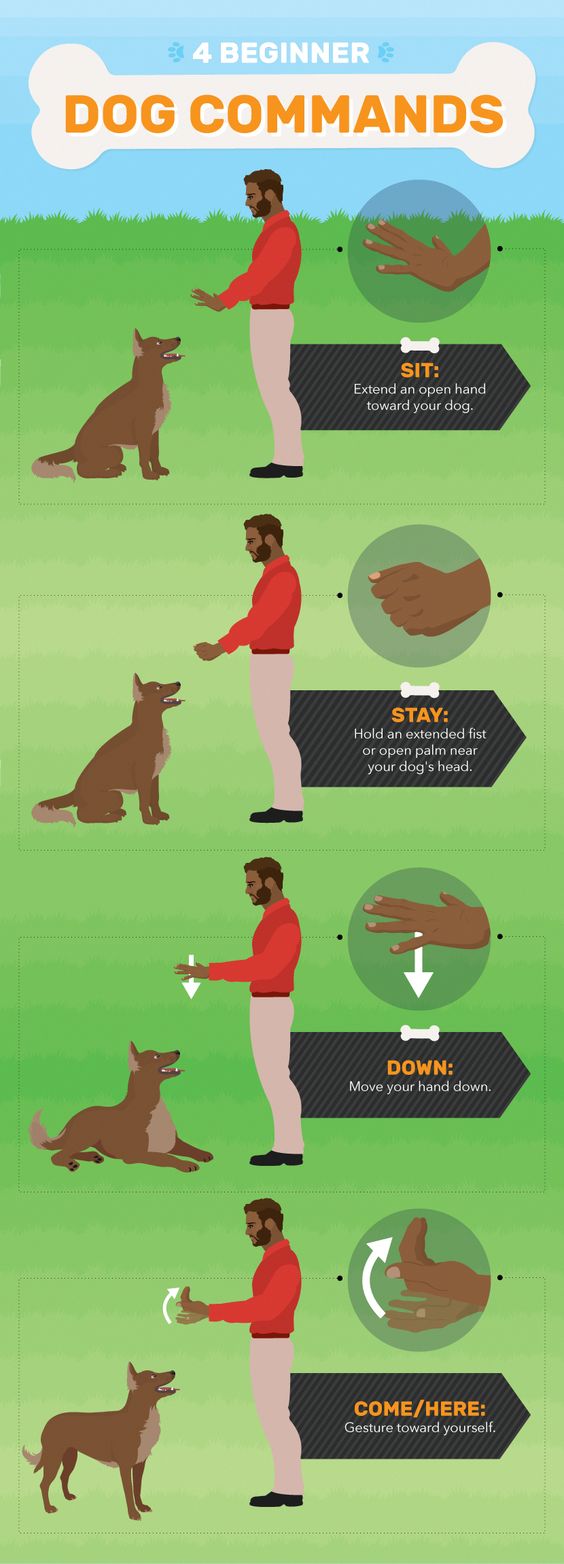
Credit: suburban-k9.com
Establishing The Come Command
To establish the Come Command, encourage recall in your dog through consistent practice. Teach your dog to come when called using positive reinforcement techniques. Be patient and use treats as rewards for successful recalls. Practice in a distraction-free area before gradually increasing the level of difficulty. Use a confident and cheerful tone to entice your dog to come to you. Repeat the command and reward every time your dog responds correctly.
Implementing The Down Command
Teaching your dog the down command can be achieved through consistent training and positive reinforcement. Use treats and praise as rewards for the successful execution of the command. Start by using the “down” gesture while saying the command, and gently guide your dog into the lying down position.
Gradually reduce the hand gesture and rely solely on the verbal command. When your dog successfully lies down upon command, reinforce the behavior with treats and enthusiastic praise. Consistency is key in establishing the down command, so regular practice and positive reinforcement are essential in the training process.
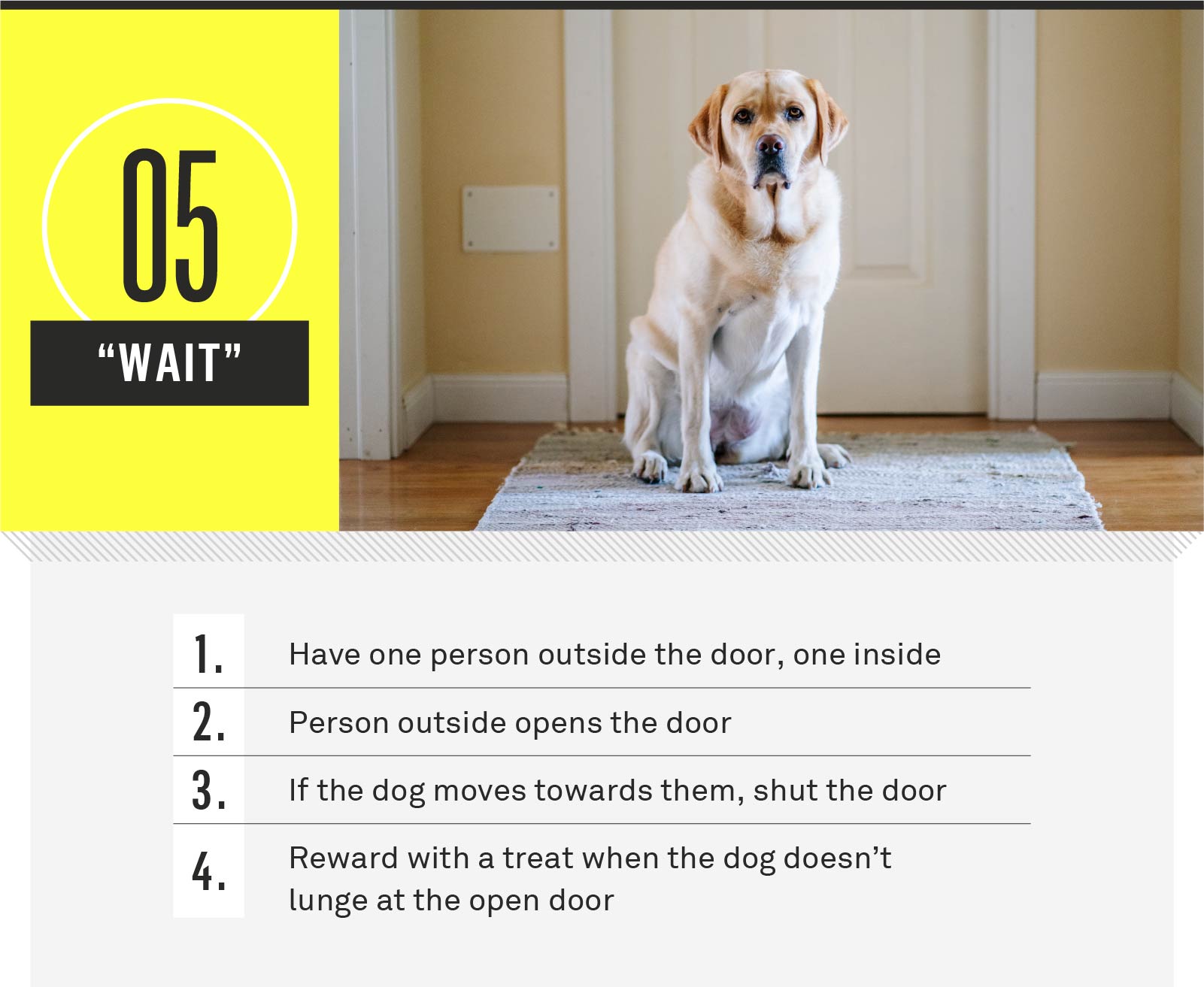
Credit: www.gallant.com
Instilling The Leave It Command
Instilling the Leave It Command
Training a dog to leave is an essential command to prevent undesirable behavior. By teaching your dog self-control, you can effectively redirect their attention from potential hazards. Consistent practice in various situations helps reinforce this command. Use positive reinforcement such as treats or toys to encourage the desired response. Additionally, you can introduce a verbal cue, like “leave it,” to associate with the action. By implementing this command, you can establish a strong bond and communication with your furry companion.
Introducing The Heel Command
Train your dog with the 7 essential commands, including the Heel command. Teaching your pooch this command helps to keep them close by your side when walking. By incorporating this into your dog’s training, you can ensure better obedience and control during walks.
| 1. Be Consistent: Use the same gestures and verbal cues each time. |
| 2. Keep Sessions Short: Dogs have short attention spans. |
| 3. Reward Good Behavior: Positive reinforcement encourages learning. |
| 4. Practice Regularly: Repetition is key to solidifying commands. |
| 5. Use Treats Sparingly: Balance treats with praise and affection. |
| 6. Stay Patient: Training takes time and patience. |
| 7. End on a Positive Note: Always praise your dog’s efforts. |
Training The Release Command
Training the release command is an essential part of dog training. It teaches your dog to stop performing a behavior once you give the release cue. This command is crucial because it allows your dog to understand when they can stop following a command and relax. Understanding the importance of release is necessary as it sets clear boundaries and expectations for your dog.
It helps to avoid confusion and prevents them from being overwhelmed by commands. Releasing your dog from a command is a way to reward them for their successful completion. It is important to use consistent signals or cues for your dog to understand when they can stop. Remember, positive reinforcement is key when training your dog, and the release command is an important aspect of that.
Frequently Asked Questions
What Is The Hardest Command To Teach A Dog?
The hardest command to teach a dog is “stay” because it requires patience and focus. It takes time and consistent training to master.
What Are The 7 Common Commands For Dogs?
The seven common commands for dogs are: sit, stay, come, down, heel, off, and leave it. These commands are essential for teaching obedience and building a strong bond with your dog. Regular practice and positive reinforcement are key for effective training.
What Is The Easiest Command To Teach A Dog?
The easiest command to teach a dog is “sit. ” Start by using treats to lure them into sitting, then reward and reinforce the behavior.
What Are The 7 Rules Of Dog Training?
The 7 rules of dog training are: 1. Be consistent in your commands and rewards. 2. Use positive reinforcement techniques to encourage desired behavior. 3. Start training early and continue throughout your dog’s life. 4. Keep training sessions short and frequent to keep your dog engaged.
5. Be patient and understanding – dogs learn at their own pace. 6. Provide opportunities for mental and physical stimulation to prevent boredom. 7. Seek professional help if needed.
Conclusion
To sum up, training a dog requires patience, consistency, and positive reinforcement. By mastering commands like sit, stay, and come, you can build a strong bond with your furry companion. Remember to be firm yet gentle, and always reward good behavior.
Happy training!

Hello, I’m Ethan Mitchell. My passion is dog training and behavior enthusiasts. With years of experience working with various breeds, my goal at Dog Advisor Pro is to help dog owners build strong, loving relationships with their furry friends through effective training techniques. Understanding a dog’s behavior is the key to harmonious companionship. I am dedicated to sharing practical training tips that improve the lives of dogs and their owners.

